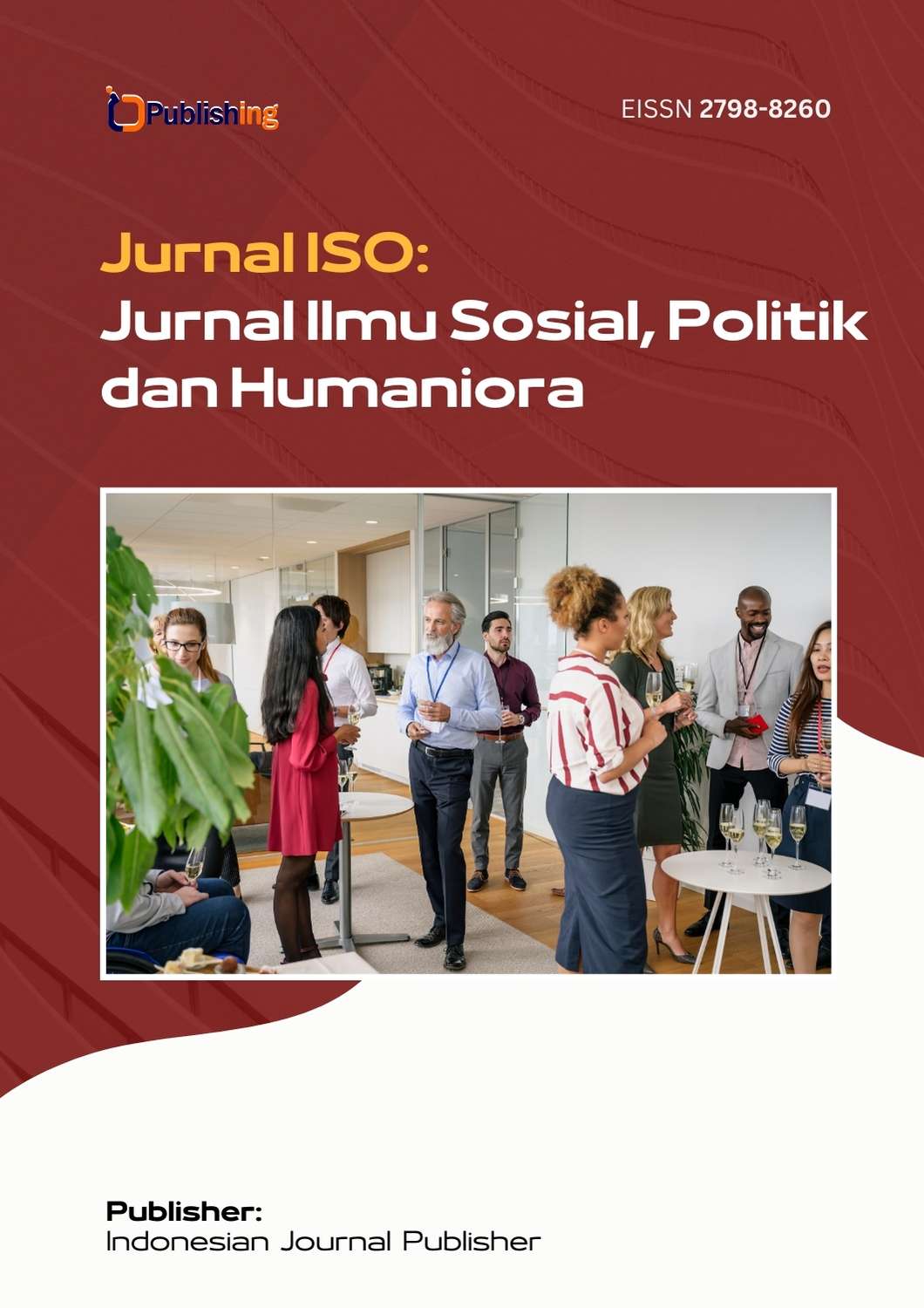Epigraphy and History of The Mausoleum Of Abu Bakr Kaffal Shashi
DOI:
https://doi.org/10.53697/iso.v4i1.1767Keywords:
Shash, Tashkent, Mausoleum, Hazrat Imam (Holy Imam), Kaffal, Fiqh, Hadith, LockmakerAbstract
The Hast Imam Complex (Hazrati Imam) is one of the most significant cultural treasures of Tashkent, serving as the religious heart of the capital. It developed around the tomb of the great saint and the first imam of Tashkent, Abu Bakr Muhammad Kaffal Shashi. Abu Bakr Muhammad Kaffal Shashi was one of the early imams of the Muslim world, a renowned scholar, and an expert in the Quran, hadith, Islamic law, and lexicology. He passed away in 976/77, and his grave became a revered pilgrimage site. Alongside Imam al-Bukhari, at-Tirmidhi, and al-Maturidi, Imam Abu Bakr Kaffal Shashi (904-977) holds a special place in the Islamic world. His contemporaries respectfully referred to him as "Hazrat Imam" ("Holy Imam"). The architectural complex of religious buildings near Karasaray Street in Tashkent evolved over the 16th to 21st centuries around the tomb of the esteemed Islamic preacher and Tashkent imam, Kaffal Shashi, who lived in the 10th century. "Hazrati Imam" translates to "Holy Imam." The Muslim pilgrimage to Imam Kaffal Shashi's tomb has a millennium-long history. The original crypt has not survived; the existing mausoleum was constructed in 1542 by the khan’s architect of the time, Ghulam Husain, and is an asymmetrical domed portal mausoleum, known as a khanqah. The khanqah was designed to house pilgrims in residential cells, or hujras. Since the 16th century, when the mausoleum over Hazrati Imam's tomb was erected, other religious structures began to be built nearby. Following the Uzbekistan government's decision to restore the sacred site of Hazrati Imam, extensive restoration works began immediately. The Kaffal Shashi Mausoleum was also restored, with its domes repainted, and its weathered walls rebuilt. As the mausoleum of Kaffal Shashi remains a holy pilgrimage site, new structures were constructed around it, integrating into a single architectural ensemble. This article examines the activities of Abu Bakr Kaffal Shashi, as well as the history of his mausoleum and the epigraphic inscriptions on it.
References
Abdukhodikov, F., Nekrasova, E., & Rakhimov, K. (2016). Uzbekiston obidalaridagi bitiklar: Architectural epigraphy of Uzbekistan. Tashkent: Uzbekistan Today. pp. 54.
Abu Sa'ad Abd al-Karim ibn Muhammad Sam'ani. (n.d.). Al-Ansab (Vol. 7, pp. 244-245; Vol. 10, p. 212).
Bartold, V. (1963). Sochineniya (Vol. II, p. 237; Vol. III, p. 220). Moscow: [Publisher].
Brockelmann, C. (1898). Geschichte der arabischen Literatur (Vol. I, p. 307). Weimar-Berlin: [Publisher].
Ibrohimov, A. (2007). Khasthimom khotiralari. Tashkent: Fan. p. 5.
Islomov, Z. (2018). International Islamic Academy of Uzbekistan–a result of the reforms worth to the centuries. The Light of Islam, 1(1).
Islomov, Z. (2019). The role of the International Islamic Academy of Uzbekistan in the development of Islamic studies. The Light of Islam, 2019(1), 1.
Lyukoshin, N. (1918, May 14). Pomyanite pervouchitelya. Narodny universitet, (9), 1.
Maksudov, D. R. (2019). Mufassirs of Mawarannahr. ISJ Theoretical & Applied Science, 12(80), 539-543.
Masson, M. E. (1954). Proshloe Tashkenta: Arkheologo-topograficheskii i istoriko-arkhitekturnyi ocherk. Izvestiya AN UzSSR, (2), 131.
Mukhamedov, N. (2020). Activities of scholars of Islamic law (fuqaha) from Shash oasis in scientific centers of the region. The Light of Islam, 2020(3), 4-15.
Mukhamedov, N. (2020). Medieval scientists of the oasis Shash and their contribution to Islamic civilization. The American Journal of Social Science and Education Innovations, 2(8), 137-143. https://doi.org/10.37547/tajssei/Volume02Issue08-20
Mukhamedov, N. (2023). Khoja Ahrar: Peace and consent between people. ISJ Theoretical & Applied Science, 01(117), 378-383.
Mukhamedov, N. A. (2014). Khazrat Imam Abu Bakr Kafal Shashi – muhaddis iz Tashkenta. Peoples of Eurasia: History, Culture and Interaction Problems, 130. Retrieved from http://www.sociosphera.com/files/conference/2014/k-04_05_14.pdf#page=130
Mukhamedov, N. A. (2019). The role of the memorial complex of Sheikh Hovand Tahur in Islamic culture of the region. The Light of Islam, 2019(1), 29-33. Available at: https://uzjournals.edu.uz/cgi/viewcontent.cgi?article=1026&context=iiau
Mukhamedov, N., & Turambetov, N. (2022). The history and the epigraphy of the memorial complex of Sultan Uvays. International Journal of Multicultural and Multireligious Understanding, 9(12), 606-615. http://dx.doi.org/10.18415/ijmmu.v9i12.4402
Mukhamedov, N., & Turambetov, N. (2023). Humanistic ideas: Kindness, generosity, and tolerance in the work of Maverannahr scientists. EPRA International Journal of Research and Development (IJRD), 8(12), 322-325.
Prozorov, S. (2000). Al-Kaffal. In Islam na territorii byvshei Rossiiskoi imperii: Entsiklopedicheskii slovar' (Vol. 2, p. 45). Moscow: Vostochnaia literatura.
Shamsuddin Zahabi. (1998). Siyar a'lam al-nubala (Vol. 16, p. 283). Beirut: Muassasat al-Risala.
Tajuddin Subki. (1999). Tabakat al-Shafi'iyya al-Kubra (Vol. 3, p. 152). Beirut: Dar al-Kutub al-‘Ilmiyya.
Toirjonovich, Z. K. (2023). Works in the genre of siira and tabakat as an important source in the study of Arab-Muslim history. New Century: Scientific-Methodical Journal, 1(1).
Ugli, A. Z. Z. (2020). The place of Alikhantora Soguniy in the history of East Turkestan. Colloquium-Journal, 24(76), 32-33.
Ugli, A. Z. Z., & Farxodjonova, N. (2024). Alikhantura Soguniy’s role in state administration in East Turkestan. Journal of Modern Islamic Studies and Civilization, 2(02), 128-132.
Ziyaev, A. (2008). Kompleks Khazrat Imam v Tashkente: Istoriko-arkhitekturnyi ocherk (pp. 32-38). Tashkent: [Publisher].
Zohidov, Q. T. (2022). “Tabakat” asarlariining Islom tarikhini o‘rganishdagi o‘rni. Talqin va Tadqiqotlar Ilmiy-Uslubiy Jurnali, 1(13), 61-64.
Zohidov, Q. T. (2023). Ibn Ishaq–siirashunoslik janri asoschisi. Proceedings of International Conference on Educational Discoveries and Humanities, 2(1), 114-116.
Zokirjonugli, Z. A. (2022). Approaches to studying the scientific heritage of Alikhantora Soguni. Asian Journal of Multidimensional Research, 1.
Downloads
Published
How to Cite
Issue
Section
License
Copyright (c) 2024 Nematullo Mukhamedov, Nurulloh Turambetov

This work is licensed under a Creative Commons Attribution-ShareAlike 4.0 International License.













